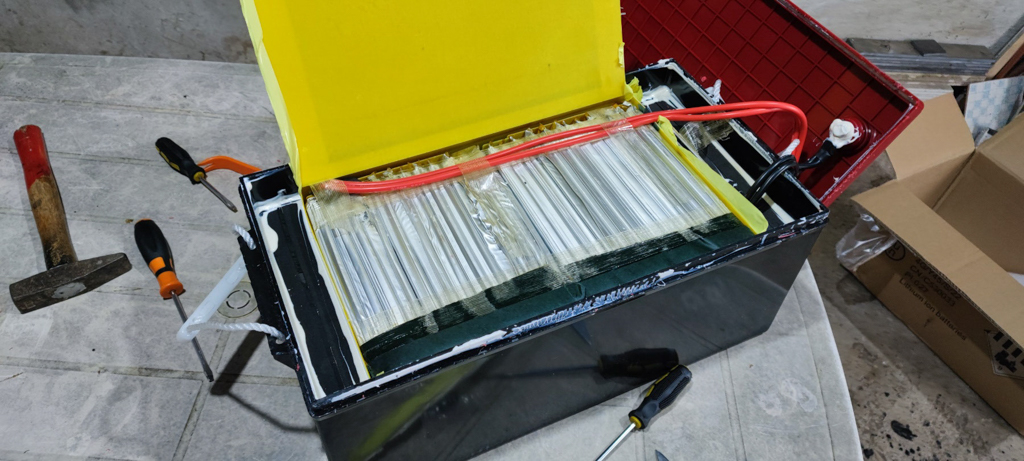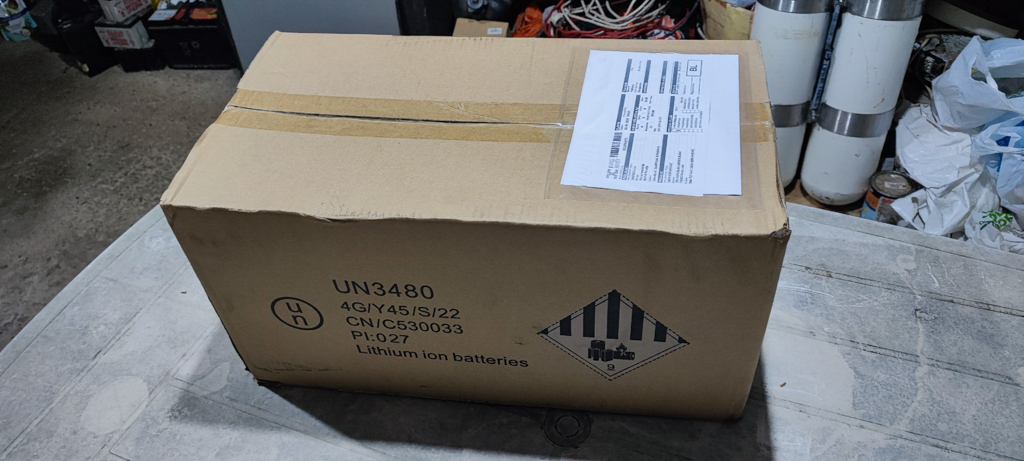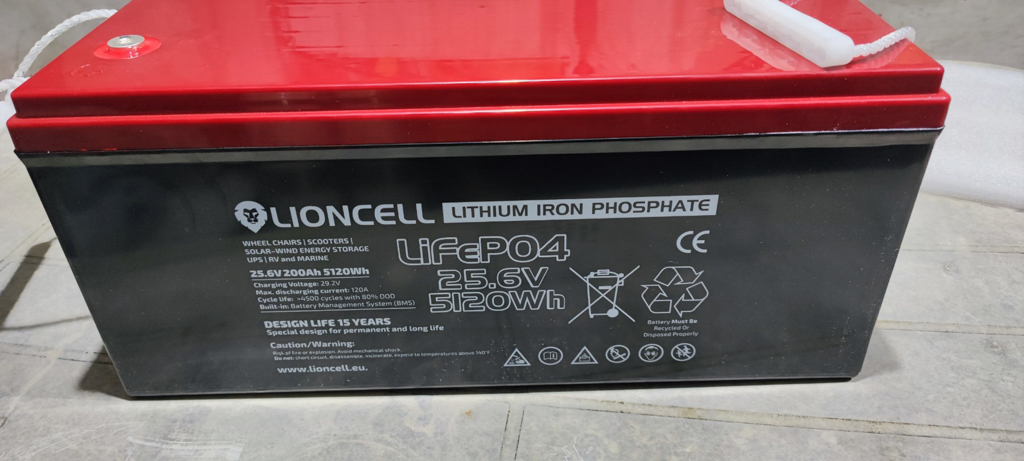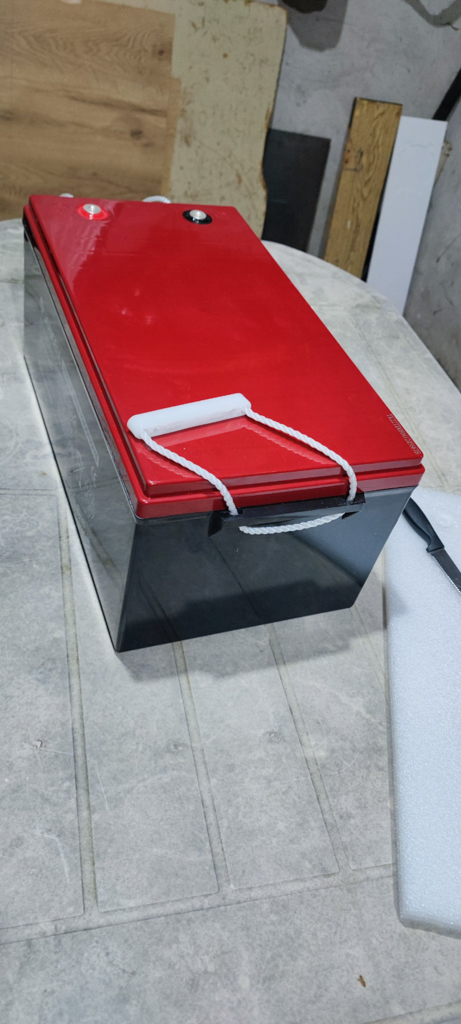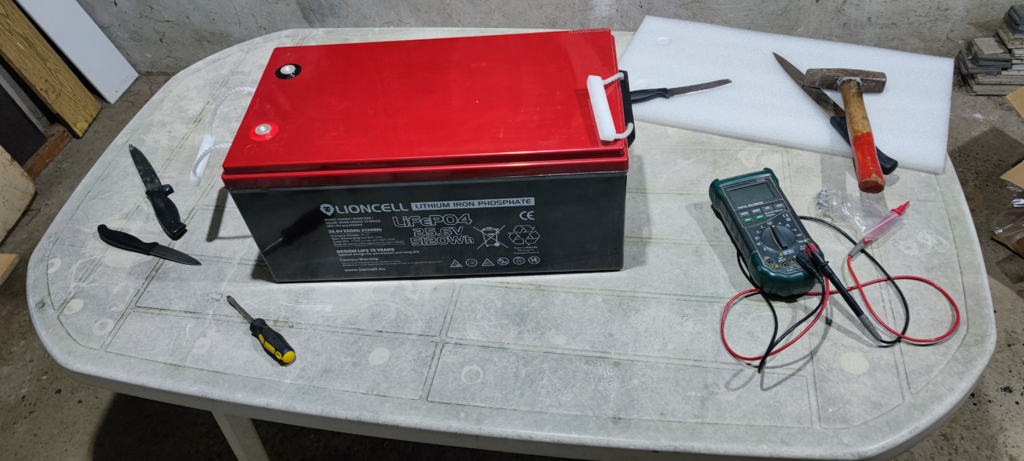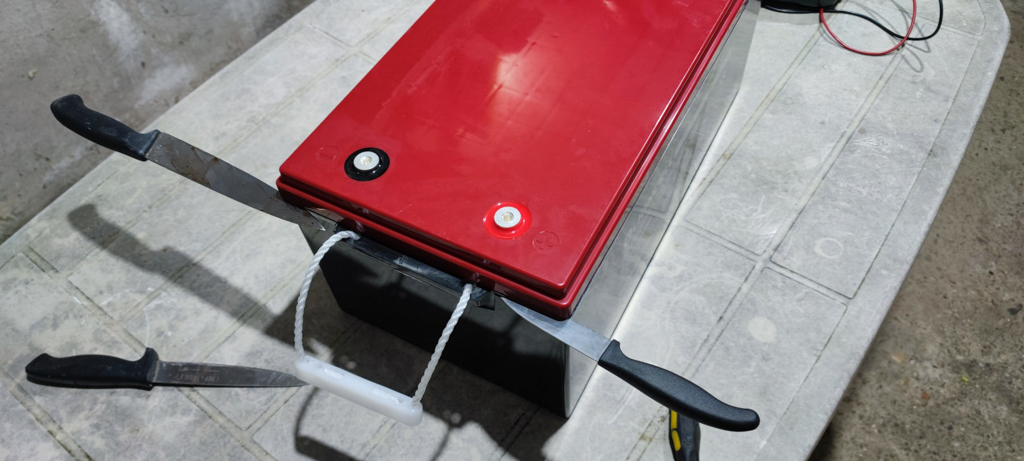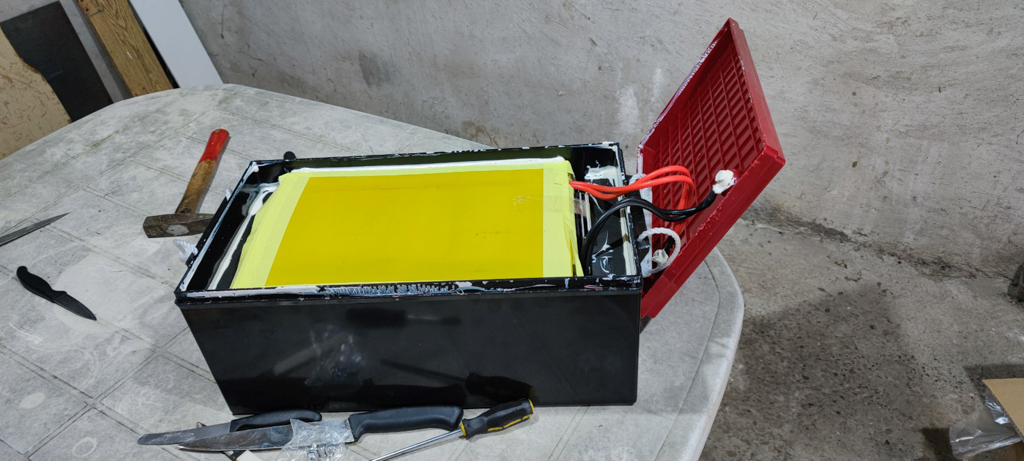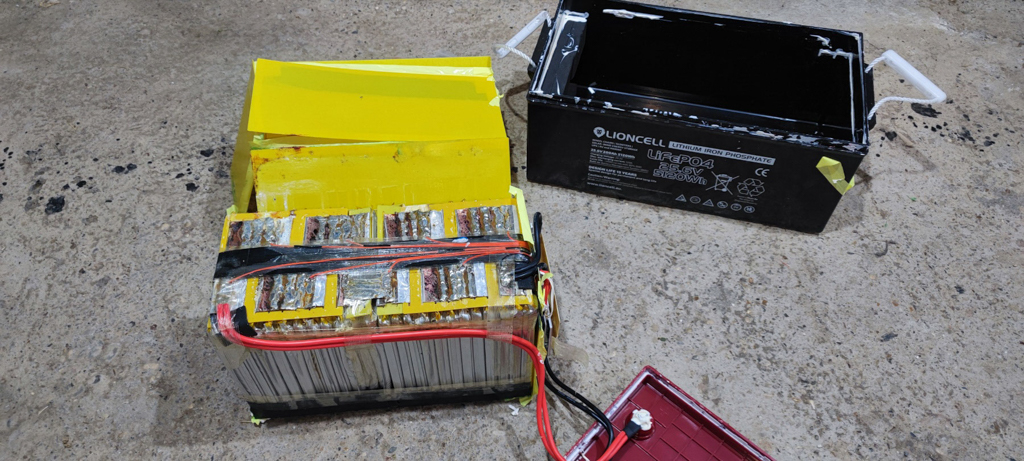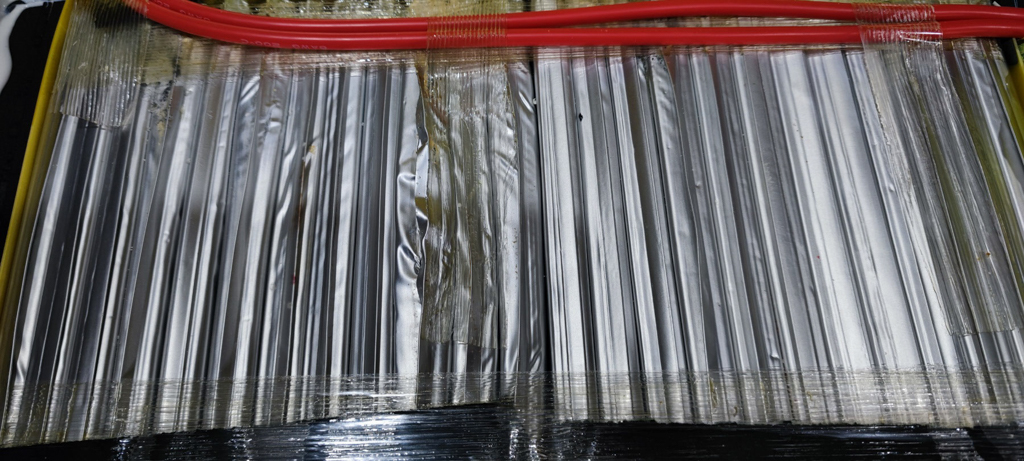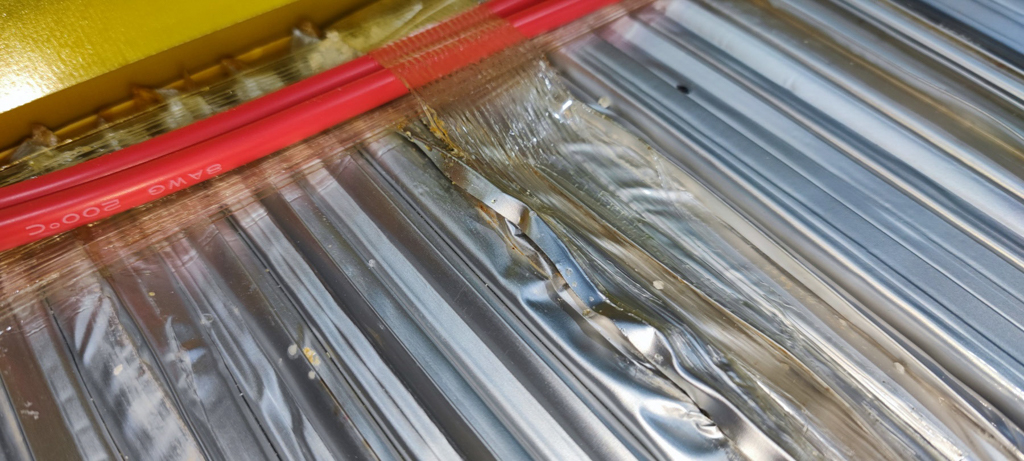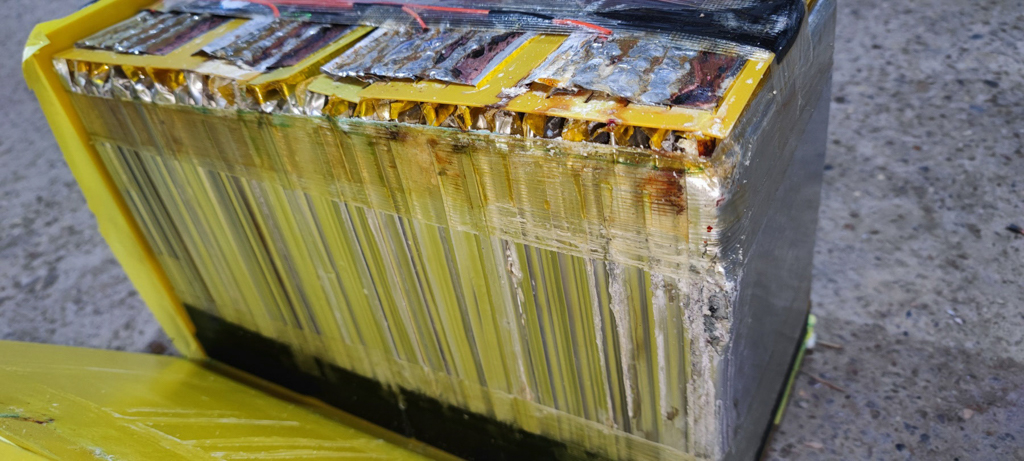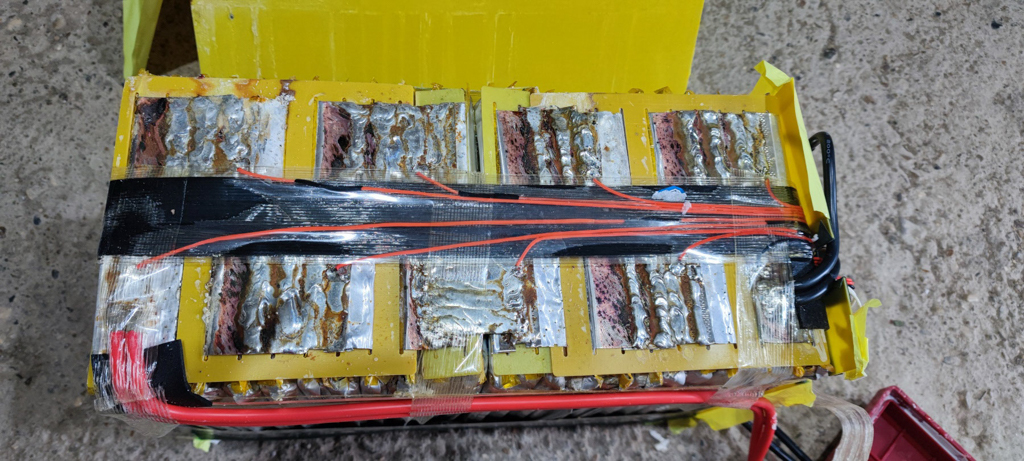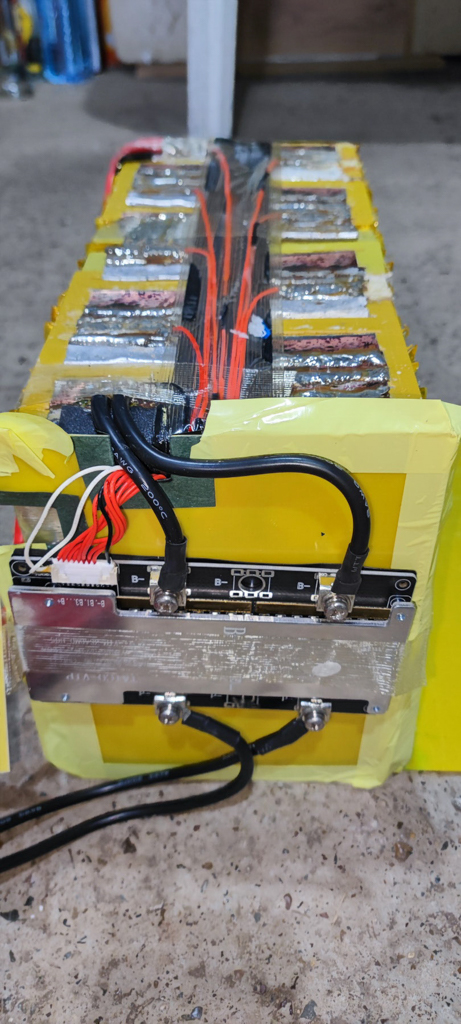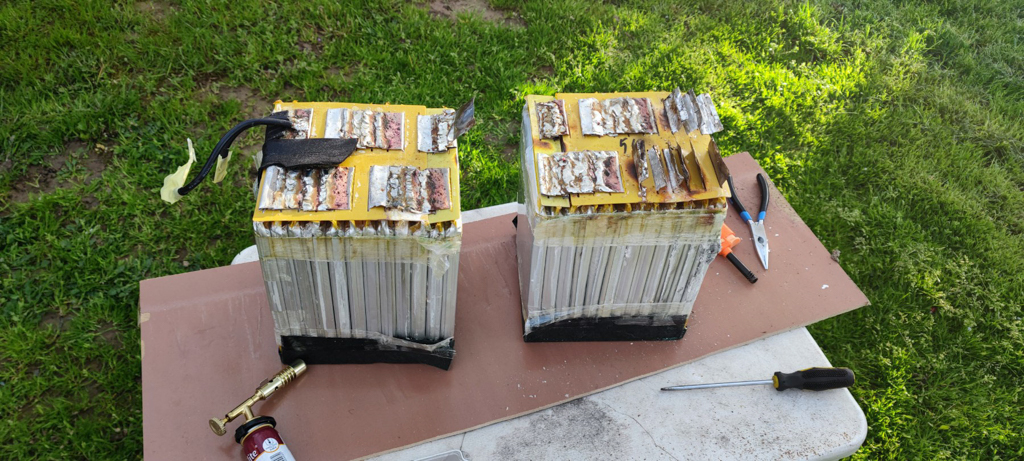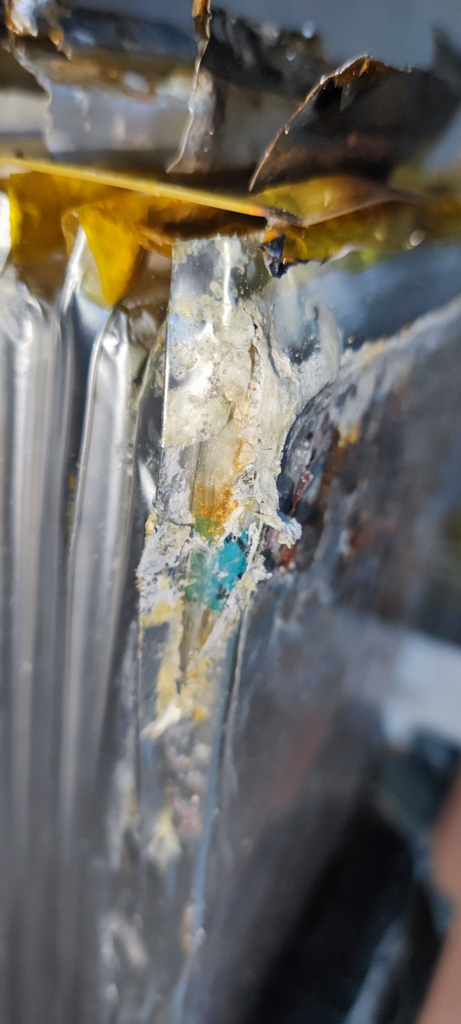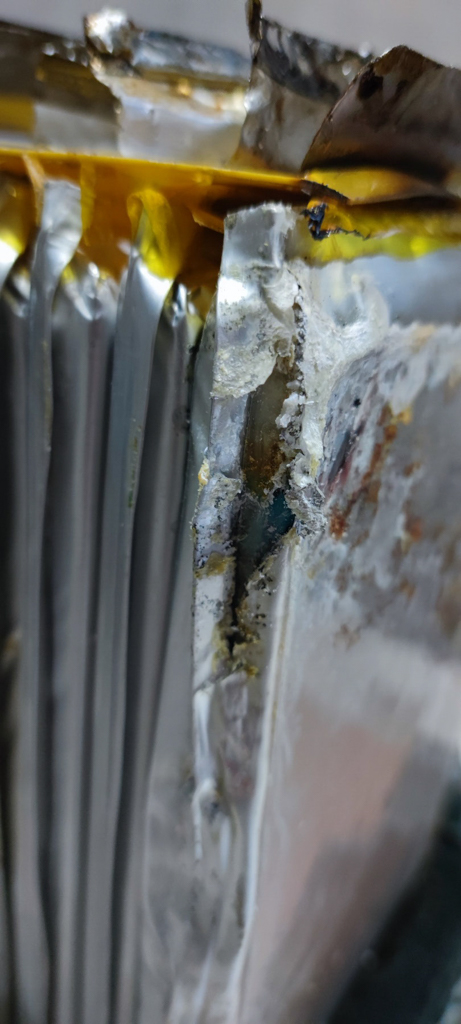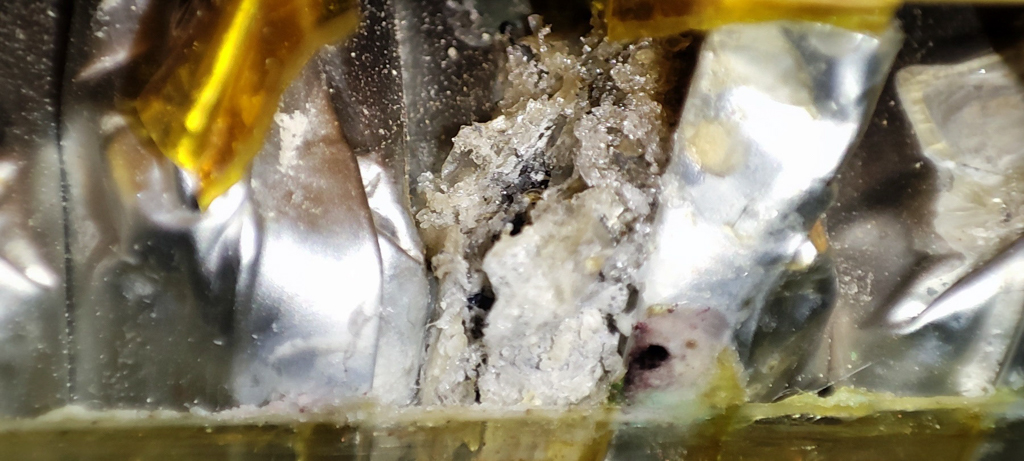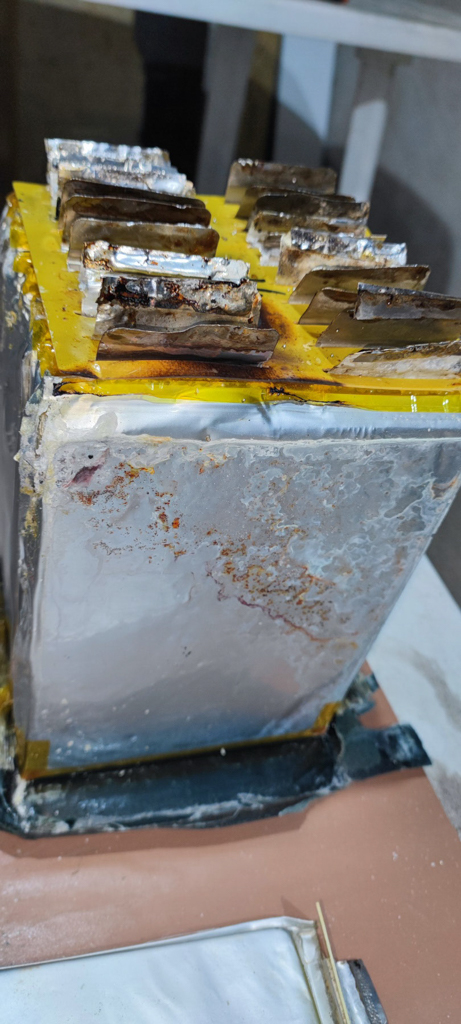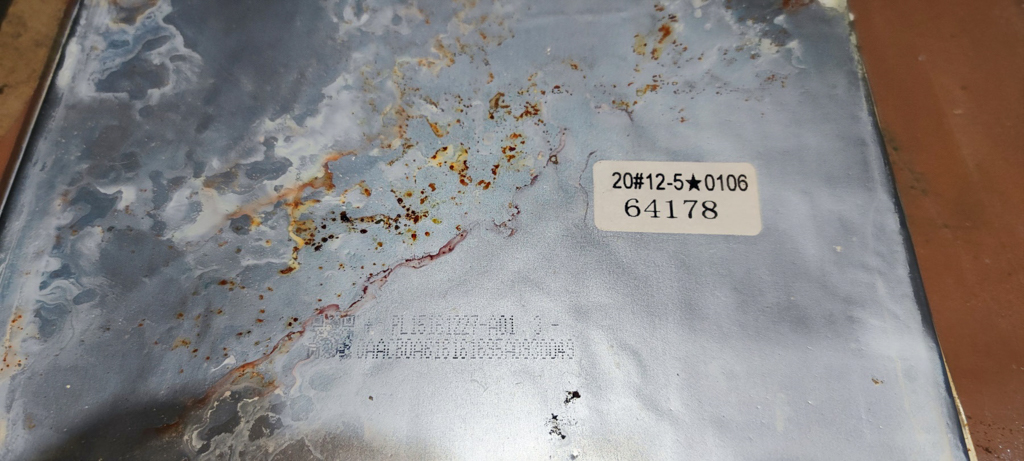What to look for
When buying LiFePO4 batteries, you should beware of suspiciously low prices because cheap and counterfeit models can pose serious safety risks and fail to deliver the performance advertised. Although authentic LiFePO₄ batteries demonstrate high safety standards and long operational lifespans, counterfeit or low-grade alternatives frequently incorporate substandard materials and lack key safety mechanisms. Even the higher price does not guarantee top quality. Watch for reviews and the manufacturer and seller’s reputation.
What to keep in mind before you actually buy one
First, I`m going to give you some considerations regarding the purchase and ownership of such a battery, and I suggest you take it seriously. There are two important things here: one is the purchase, as you risk throwing away your money, and the second one that many do not see and understand is the risk of a bad battery ownership. I mean, you need to keep it somewhere, right? Well, even when not in use, it can be a risk. I`m talking here mainly about fire hazard. I know of two camper van conversions that caught fire, and investigators concluded that faulty 12/24 V electrical systems—mainly the batteries—were to blame.
My first purchase
As shown in the pictures below, I purchased a brand-new battery that came in factory packaging. I did not buy it at a flea market; I ordered it from a well-known store that works with small and enterprise solar energy systems. It was a steal of a bargain, but it still cost a couple of hundred of whatever currency 🙂 So, it is not money you would like to throw away. Anyway, I ordered it, it came by the post, and I left it in the garage unopened since I didn`t have time to unpack it the same day. The thing that made me wonder what was inside was the strange odor that I smelled when I came into the garage the next day. The only thing that was not in the garage before was this box with the battery. I was pretty damn sure that the smell was of the leaking electrolyte from the battery. And you do not want something like that near your house, car, or, in fact, anywhere near you. So I decided to investigate, and you can see what I have discovered in the pictures below…
Opening the battery casing
This casing was never designed to be opened. The top cover was sealed with some kind of silicone adhesive. Fortunately, it wasn’t completely airtight, so the smell escaped and made me suspect something was wrong 🙂. But opening it was an absolute nightmare. I had to use some knives and big screwdrivers as levers to remove the cover without breaking it.
What I want to point out….
These are the very much and heavily overused 68 Ah LI NMC Lifepo4 Pouch Cells that I traced to be used in Chenggong BEV6 2019 Standard 4.01m Pure Electric Enclosed Trucks. So they were already seven years old, but that was not the main problem. You see the state of some cells? They show the signs of swelling and electrolyte leakage. There are 24 cells, 3 of them in parallel connection, and those triads are eight times in series, giving them theoretically 204 Ah of capacity and 25.6V. I say theoretically because these cells are nowhere near their factory-rated capacity of 68 Ah. Thank God, at least the BMS was well enough separated from the cells so the leaking electrolyte did not get to it. I would say that around half of the cells had signs of swelling and leaking. Technically, a smaller battery could have been made, but judging by the overall condition, it was only fit for the trash.
Returning it to the store
So I contacted the selling company and explained the problem. I also told them that if they had any more of these batteries, they should isolate them in a fire-safe area. I argued that by sending them pictures of what was inside the battery casing. After more than two weeks of sending emails and calling them, the deal was made. I would return the battery and pay for the postage both ways, and they would return my money. I must say that they offered to send another battery of the same kind, but what can be expected except the same shit inside. So it cost me about 25 Euros for the postage, two days’ work to disassemble this beast of a battery, and a lot of patience to communicate and negotiate its return and get my money back. In return, I gained some useful knowledge that I can share with you.
Risks associated with cheap LiFePO4 batteries
- Inferior materials and construction. To cut costs, unscrupulous manufacturers use low-quality components. That way, they can compromise the battery’s integrity and leading to a higher risk of failure.
- Missing or inadequate battery management system (BMS). A proper BMS protects the battery from overcharging, over-discharging, and short-circuiting. Cheap batteries may use a low-end or non-existent BMS, creating a significant safety hazard.
- Counterfeit or low-grade cells. You may receive a product with refurbished or factory-rejected “Grade B” or “Grade C” cells. These cells often have higher self-discharge rates, poor performance, and a much shorter lifespan. Not to mention possible electrolyte leakage. And if it leaks over the BMS, you get yourself a party with possible fireworks.
- False capacity claims. A common tactic is to label a battery with a much higher capacity than it can actually deliver. A battery advertised as 100Ah might only provide a fraction of that capacity, leading to frustration and poor results.
- Fire and explosion hazard. The combination of substandard materials, poor manufacturing, and a faulty BMS can increase the risk of thermal runaway. In that case, the battery overheats and can catch fire or explode.
- Lack of customer support and warranty. Cheap batteries often come from unknown sellers who offer little to no customer support or warranty. It may be that you opened the windows and threw the money away.
The conclusion:
I did some digging around the Internet, and of course, found out many similar experiences. There are many cases of people opening even well-known brands’ batteries and finding crapy and/or used components inside. Now I’m so worried about what’s inside the box that I’ve changed my strategy for getting a battery. I decided to buy cells and parts and build my own battery pack. And that, my friends, will be another thing we’ll make and another story we’ll tell.
Once more, thank you for reading.

🙂

